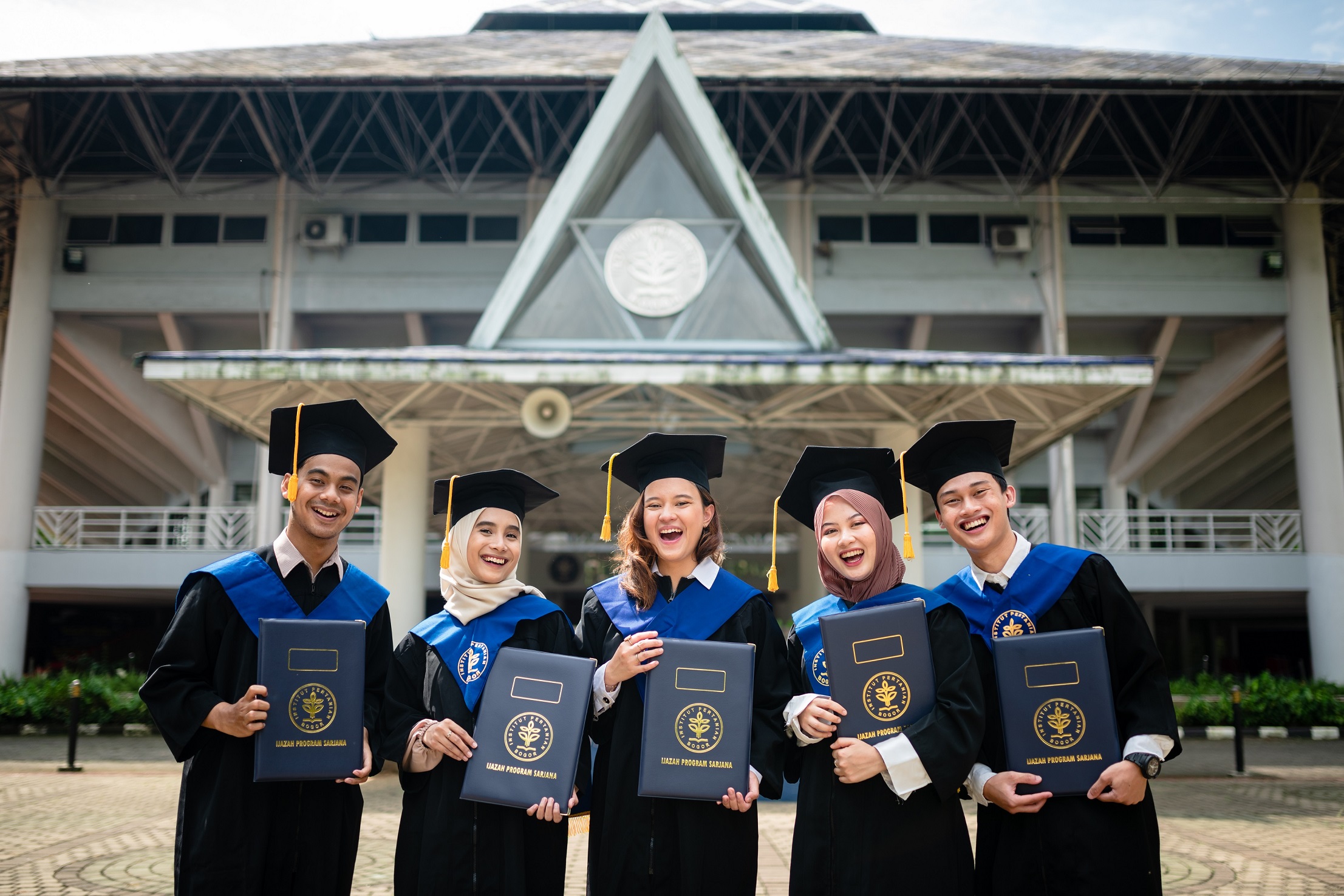IPB University Expert: Almost All Indonesian Waters Are Contaminated with Microplastics

Microplastic contamination in waters is not only a national environmental issue, but also a global one. Indonesia ranks second after China as the country with the highest level of microplastic contamination.
Prof Etty Riani, Professor of IPB University from the Department of Aquatic Resources Management, Faculty of Fisheries and Marine Science (FPIK), revealed that almost all waters in Indonesia have been contaminated with microplastics, even nanoplastics.
“From the results of our research, almost all waters in Indonesia have been contaminated with microplastics, even nanoplastics. Coastal areas with high population density, such as Jakarta Bay, have higher levels of contamination,” he explained.
Microplastics are formed from the degradation of everyday products such as clothing, food and beverage packaging, home furnishings, and plastic bags, even from care products. Over time, these plastic wastes degrade or break down into small particles until they become microplastics and then nanoplastics.
Unfortunately, Prof Etty continued, when it decomposes, additives, which are generally hazardous and toxic to humans, can also be released into the environment. This will endanger the environment and biota whose habitat is in the environment, even through the process of eating and eating and will eventually reach humans.
On the other hand, microplastics can also be an intermediate host for hazardous and toxic materials found in the environment to enter the body of living things, including humans, so their presence will be dangerous.
The behavior of people who still litter contributes to this contamination. The river that empties into the sea becomes a means of disposing of plastic waste. Due to its light weight, plastic waste is easily carried by wind and ocean currents, accelerating the spread of contamination in the waters and in the air (atmosphere).
Prof Etty emphasized the importance of further research on microplastics with the support of high-standard laboratories and equipment, because poor equipment will lead to fatal errors. “Accurate data is needed to understand the extent of this contamination,” she said.
However, she emphasized that microplastic contamination cannot yet be called pollution. “Pollution must come out or not meet quality standards, while Indonesia, even all developed countries in the world, do not yet have quality standards for microplastic pollution in waters or in other media,” she explained.
She revealed that the current quality standards (excluding microplastics) in Indonesia were also adopted from other countries. To set its own quality standards, a long toxicology test is needed, including tests on biota (according to the quality standards of their place of life, for example the quality standards of marine waters, the quality standards of inland waters, etc.) that are sensitive to the pollutants to be tested, and tested in several phases of their life.
“Considering that until now there is no country that has quality standards for micro and or nano plastics, then we can call it contamination only, not pollution,” she said. (AS) (IAAS/RUM)



